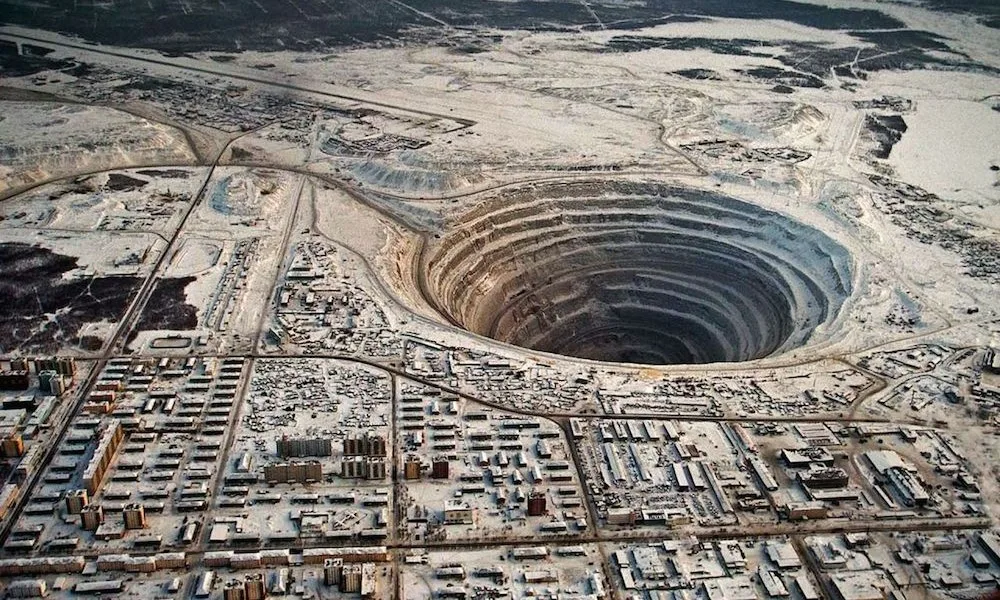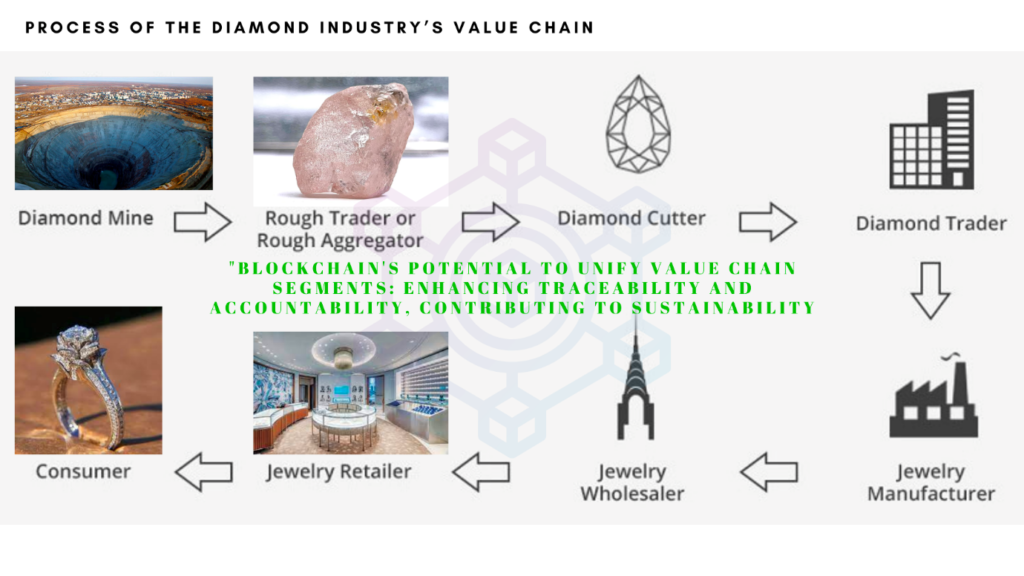Diamonds have long been revered as one of the most precious and captivating gemstones in the world. Their allure stems not only from their dazzling brilliance and unparalleled hardness, but also from the intriguing process by which they are extracted from the earth and transformed into the polished, glittering stones we know and love. In this comprehensive blog post, we’ll take an in-depth look at the fascinating journey of how rough diamonds are sourced and brought to life.
The Genesis of Diamonds Diamonds are formed deep within the earth’s mantle, at depths ranging from 150 to 200 kilometers below the surface. Under immense heat and pressure conditions, carbon atoms align and crystallize over billions of years, creating the diamond’s unique molecular structure. This remarkable process typically occurs between 1 and 3.3 billion years ago.

The diamonds then make their way closer to the earth’s surface through a series of volcanic eruptions, known as kimberlite and lamproite pipes. These volcanic events literally “shoot” the diamonds upwards, encasing them in a type of igneous rock that protects them from damage during the journey. It is these kimberlite and lamproite deposits that serve as the primary sources for the world’s rough diamond supply.
Mining for Rough Diamonds Once the diamond-bearing rock has been located, the process of extracting the rough diamonds begins. There are several key methods employed by diamond mining operations around the world:
Open-pit Mining: Also known as open-cast mining, this technique involves removing the top layers of soil and rock to expose the diamond-rich kimberlite or lamproite deposits below. Heavy machinery, such as excavators and trucks, are used to extract the ore and transport it to processing facilities.

Underground Mining: In areas where the diamond-bearing ore is located at greater depths, underground mining methods are utilized. Shafts and tunnels are dug into the earth to access the deposits, with the extracted ore then brought to the surface for processing.

Alluvial Mining: Some diamonds are found in the sediments of rivers and streams, having been eroded and carried away from their original kimberlite sources over time. Alluvial mining involves sifting through these diamond-containing gravel and sand deposits to recover the rough stones.

Marine Mining: In certain regions, such as the coast of Namibia, diamonds can be found embedded in the ocean floor. Specialized ships equipped with underwater mining equipment are used to extract these marine diamonds from the seabed.

Regardless of the specific mining method, the extracted ore undergoes a meticulous process of sorting, cleaning, and grading to separate the rough diamonds from the surrounding rock and earth. This is a crucial step, as the quality and characteristics of the rough diamonds will ultimately determine their value and suitability for further processing.
The Global Diamond Supply Chain Once the rough diamonds have been mined and sorted, they enter a complex global supply chain that involves a network of dealers, traders, and cutters/polishers before finally reaching the consumer market.
The first stop for the rough diamonds is typically an international trading hub, such as Antwerp, Dubai, or Mumbai, where they are sold at specialized diamond exchanges and auctions. Here, diamond brokers and traders examine the stones, assess their quality, and negotiate prices based on a range of factors, including carat weight, color, clarity, and cut.
From the trading hubs, the rough diamonds are then sent to cutting and polishing facilities, often located in diamond-cutting centers like India, Israel, or Belgium. It is here that the raw stones are transformed into the brilliant, faceted gems we recognize. The cutting and polishing process requires immense skill and precision, as even the slightest misstep can significantly impact a diamond’s value and appearance.
Finally, the polished diamonds are distributed to wholesalers, retailers, and jewelry manufacturers, who then bring these exceptional gemstones to the global consumer market. This intricate supply chain, with its numerous checkpoints and quality controls, ensures that only the finest diamonds reach the hands of the end-user.
The Importance of Ethical and Sustainable Sourcing As the demand for diamonds continues to grow, the industry has faced increasing scrutiny regarding the ethical and environmental practices employed in the sourcing of rough diamonds. Issues such as conflict diamonds, human rights abuses, and environmental degradation have come to the forefront, prompting a greater emphasis on responsible and sustainable mining practices.
In response, major industry players have implemented various certification and traceability programs, such as the Kimberley Process and the Responsible Jewellery Council, to ensure that the diamonds they sell can be traced back to their origin and verified as conflict-free. Additionally, many mining companies have adopted more sustainable and eco-friendly methods, including the use of renewable energy, water conservation, and land restoration efforts.
As consumers become increasingly aware of these ethical and environmental concerns, the demand for transparent and responsible diamond sourcing has grown. By understanding the intricacies of the rough diamond supply chain, we can make more informed choices and support an industry that prioritizes the wellbeing of both people and the planet.

Conclusion The journey of a rough diamond, from its formation deep within the earth’s mantle to its transformation into a polished gemstone, is a truly remarkable and intricate process. By exploring the various mining techniques, global supply chain, and the importance of ethical sourcing, we gain a deeper appreciation for the exceptional stones that adorn our most cherished jewelry and symbolize love, commitment, and the enduring power of nature.
As the diamond industry continues to evolve, it is crucial that we remain vigilant and champion practices that prioritize sustainability, social responsibility, and the preservation of this precious natural resource. Through our collective efforts, we can ensure that the allure of diamonds shines not only in their physical beauty, but also in the integrity of the industry that brings them to us.

